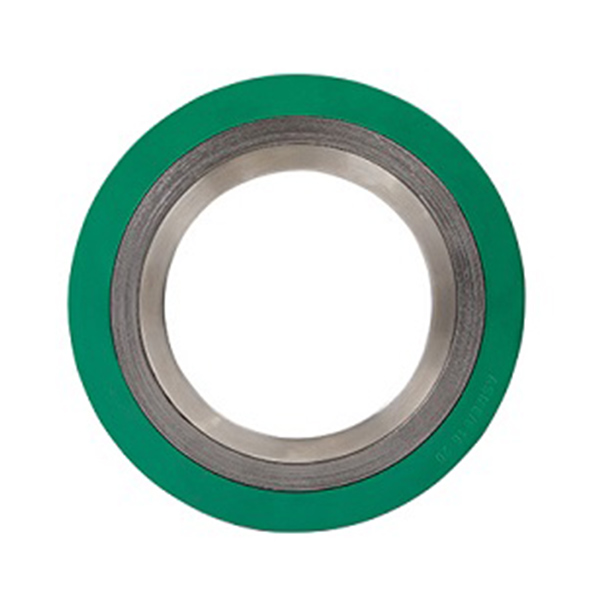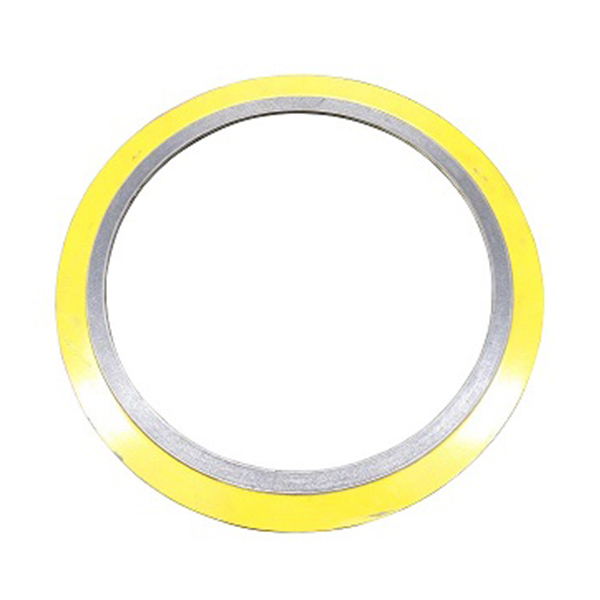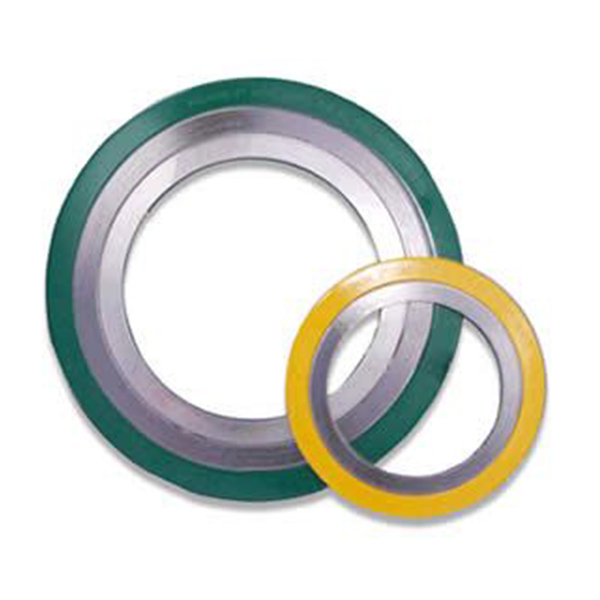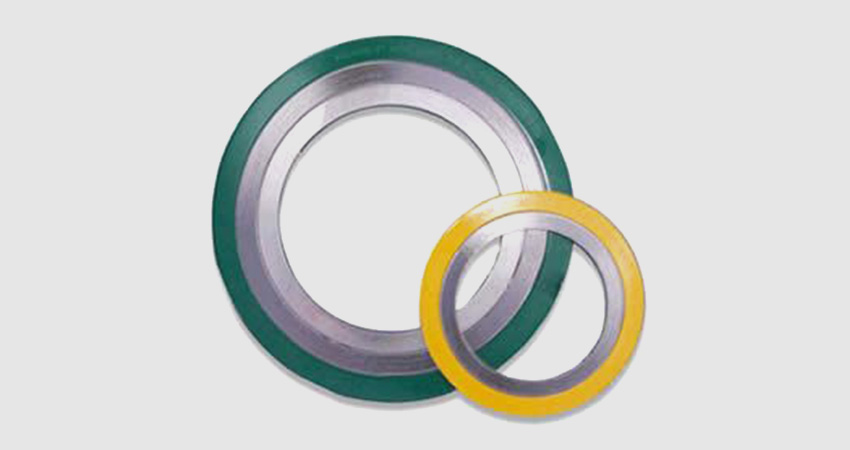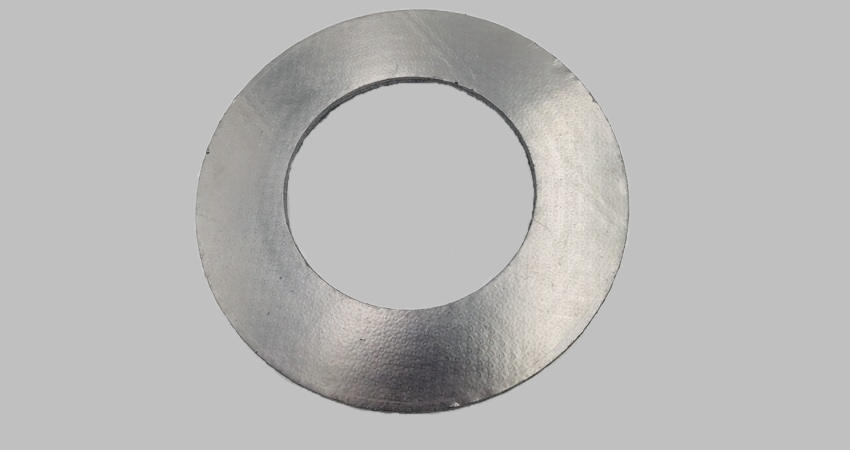Rubber O Ring
What is a Rubber O Ring?
A Rubber O ring is a torus-shaped mechanical gasket designed to prevent the leakage of fluids or gases in various applications. It is one of the most common sealing solutions due to its simplicity, cost-effectiveness, and reliability. Made primarily from elastomeric materials, Rubber O rings create a seal by being compressed between two or more parts, filling any gaps and blocking the passage of liquids or air.
Key Features of Rubber O Rings
- Excellent sealing capability under low and high pressures
- Resistance to a wide range of temperatures, from -60°C to 300°C depending on material
- High durability and flexibility, allowing for reuse in many cases
- Chemical compatibility with oils, fuels, water, and various solvents
- Easy installation and minimal maintenance requirements
- Available in standard and custom sizes to fit specific needs
Material Types for Rubber O Rings
Different materials offer unique properties suited for specific environments. Below is a table summarizing common Rubber O ring materials:
| Material | Temperature Range | Key Properties | Common Applications |
|---|---|---|---|
| Nitrile (NBR) | -40°C to 120°C | Excellent resistance to oils, fuels, and abrasion | Automotive engines, fuel systems |
| Viton (FKM) | -20°C to 200°C | High heat and chemical resistance, suitable for harsh environments | Aerospace, chemical processing |
| Silicone (VMQ) | -60°C to 230°C | Flexible at low temperatures, food-grade options available | Medical devices, food industry |
| EPDM | -50°C to 150°C | Good weather and ozone resistance, water compatibility | Outdoor equipment, plumbing |
| Neoprene (CR) | -40°C to 100°C | Moderate resistance to oils and weather, flame retardant | HVAC systems, refrigeration |
Standard Sizes and Dimensions
Rubber O rings are manufactured in standardized sizes based on metrics such as inner diameter (ID), outer diameter (OD), and cross-sectional diameter (CS). These sizes conform to international standards like AS568 in the USA and ISO 3601 globally. Below is a sample table of common AS568 sizes:
| AS568 Number | Inner Diameter (ID) in mm | Outer Diameter (OD) in mm | Cross-Section (CS) in mm |
|---|---|---|---|
| 001 | 1.27 | 2.62 | 0.67 |
| 010 | 2.42 | 4.47 | 1.02 |
| 100 | 34.93 | 39.37 | 2.22 |
| 200 | 53.98 | 60.32 | 3.17 |
| 300 | 72.39 | 80.71 | 4.16 |
Performance Specifications
When selecting a Rubber O ring, it's crucial to consider performance metrics such as pressure rating, compression set, and hardness. These factors ensure the O ring functions effectively in its intended application.
- Pressure Rating: Typically ranges from vacuum to over 5000 psi, depending on material and design.
- Compression Set: Measures the ability to return to original shape after deformation; lower values indicate better performance.
- Hardness (Shore A): Ranges from 40 to 90; softer rings provide better sealing but may wear faster.
- Tensile Strength: Indicates resistance to breaking under tension; common values are 10-25 MPa.
- Elongation at Break: The stretch percentage before failure; higher values suggest greater flexibility.
Applications of Rubber O Rings
Rubber O rings are used across numerous industries due to their versatility. Some common applications include:
- Automotive: Sealing engines, transmissions, fuel systems, and air conditioning units.
- Aerospace: Ensuring integrity in hydraulic systems, fuel lines, and cabin pressure seals.
- Industrial Machinery: Preventing leaks in pumps, valves, and cylinders.
- Plumbing: Used in faucets, pipes, and connectors to stop water leakage.
- Medical Devices: Providing sterile seals in equipment like syringes and diagnostic machines.
- Food and Beverage: Employed in processing equipment where food-grade materials are required.
Installation and Maintenance Tips
Proper installation extends the life of a Rubber O ring. Follow these guidelines:
- Clean the mating surfaces thoroughly to remove debris and old seal residue.
- Lubricate the O ring with a compatible lubricant to ease installation and prevent damage.
- Avoid twisting or stretching the O ring during placement; use tools if necessary for precision.
- Ensure the O ring is seated correctly in its groove without any twists or gaps.
- Inspect regularly for signs of wear, cracking, or compression set, and replace as needed.
FAQs About Rubber O Rings
What is the primary function of a Rubber O ring?
A Rubber O ring serves as a seal to prevent the leakage of fluids or gases in mechanical systems. It works by compressing between surfaces to block passages.
How do I choose the right material for a Rubber O ring?
Select the material based on the operating environment, including temperature extremes, chemical exposure, pressure conditions, and application requirements (e.g., food-grade or UV resistance). Refer to material compatibility charts for guidance.
What causes Rubber O ring failure?
Common causes include extrusion under high pressure, compression set from prolonged stress, chemical degradation, thermal overheating, improper installation, or abrasion from moving parts.
Can Rubber O rings be reused?
Yes, if they are in good condition with no visible damage, wear, or permanent deformation. However, it's often recommended to replace them during maintenance to ensure reliability.
What standards apply to Rubber O ring sizes?
Key standards include AS568 for inch-based sizes in the US, ISO 3601 for metric sizes internationally, and JIS B 2401 in Japan. These standards define dimensions and tolerance levels.
How do I measure a Rubber O ring for replacement?
Measure the inner diameter (ID) and cross-sectional diameter (CS) using calipers. Compare these to standard sizing charts, or use the AS568 number if available from the original part.
Are there custom Rubber O ring options?
Yes, manufacturers offer custom O rings in non-standard sizes, materials, colors, and properties (e.g., conductive or high-temperature variants) to meet specific application needs.
What is the shelf life of a Rubber O ring?
Shelf life varies by material but typically ranges from 5 to 15 years when stored properly in cool, dark, dry conditions away from ozone, sunlight, and chemicals.
- View as



